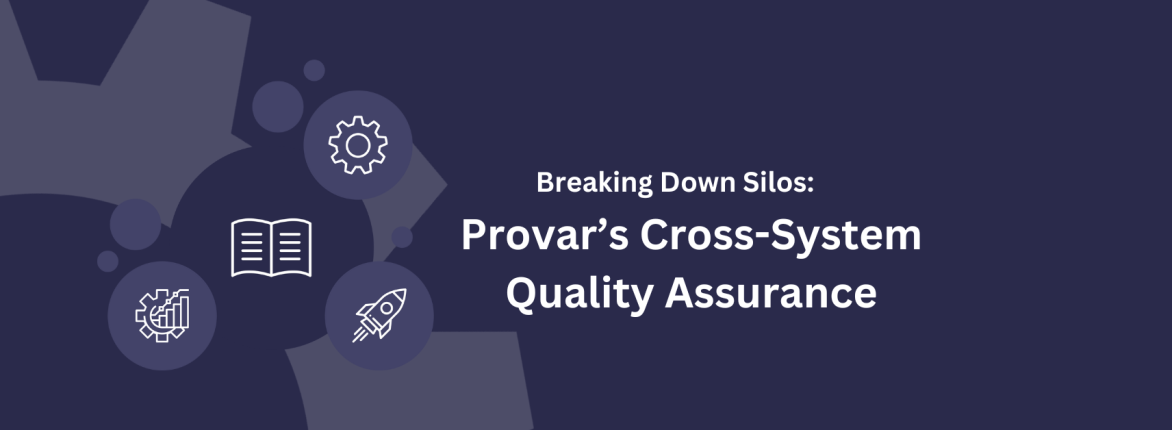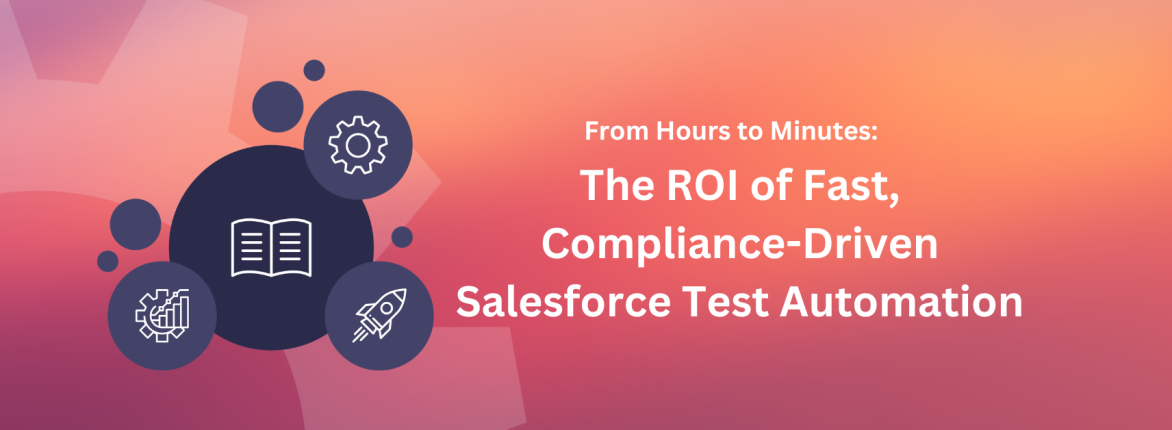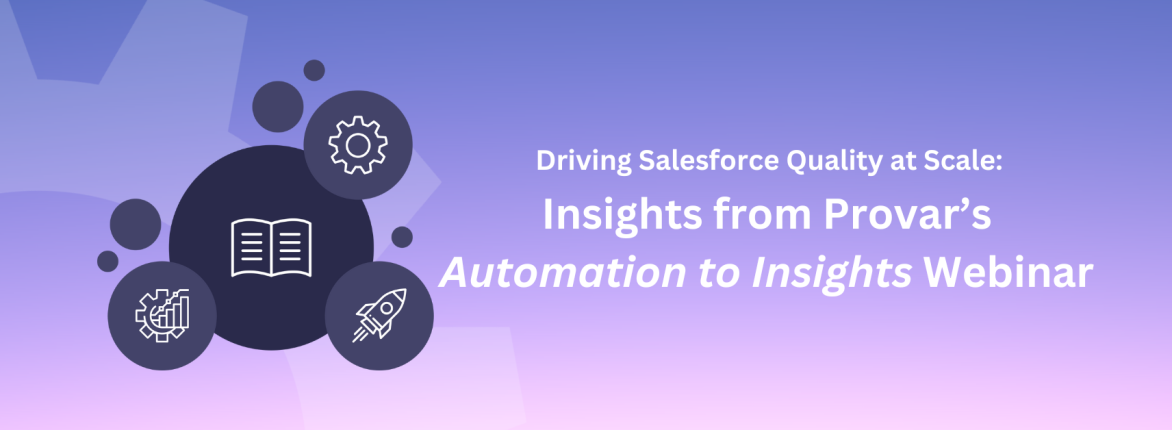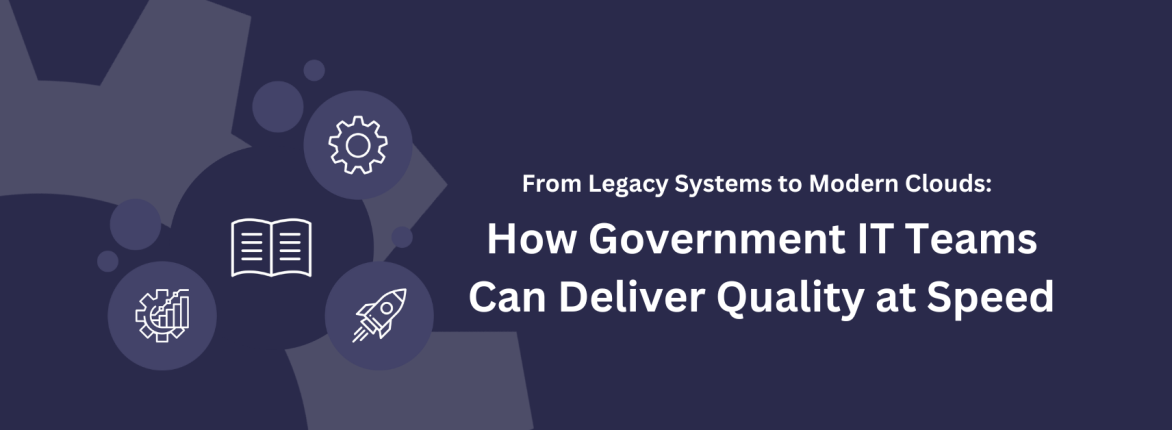Automated testing for Salesforce often starts simply — testing basic workflows in a single org with a small team. But as businesses grow, so does the complexity of their testing requirements. What begins as a handful of automated tests can quickly evolve into thousands of interdependent scripts spanning multiple Salesforce orgs, backend systems, and business-critical applications. Add in frequent updates, multiple user personas, and AI-driven automation, and maintaining test coverage at scale becomes a major challenge.
Without a well-planned strategy, testing can become a bottleneck that can lead to delayed releases, inconsistent user experiences, and increased operational risks. In today’s blog, we’re talking about how to scale Salesforce automated testing effectively to ensure that quality, security, and performance keep pace with business growth.
Starting Small: Building a Strong Test Automation Foundation
Many teams begin their automation journey with fundamental UI tests that validate essential Salesforce functionality, such as:
- User authentication and permissions
- Basic data entry and retrieval operations
- Form validations and process flows
- Opportunity and lead management
At this stage, best practices can include:
- Creating reusable test components to reduce maintenance effort.
- Integrating test cases with issue tracking systems to ensure visibility.
- Managing test data effectively to prevent false failures caused by inconsistent environments.
Intermediate Testing: Scaling Beyond a Single Org
As organizations grow, Salesforce implementations become more complex, often spanning multiple orgs with distinct configurations for different business units. QA teams now must learn to handle:
- Regression testing across various Salesforce clouds.
- API testing to validate integrations with third-party applications.
- Dynamic UI elements and locator stability.
- Increased parallel execution to meet faster release cycles.
Maintaining automation at this level requires:
- Automating beyond the UI with API and data-driven testing.
- Triggering tests via CI/CD pipelines to enforce consistency.
- Enhancing test stability by using more resilient locator strategies.
Scaling Up: Managing Large Test Suites and Business-Critical Workflows
As businesses rely more on Salesforce automated testing, challenges arise in handling large-scale test execution efficiently. Common bottlenecks at this stage can include:
- Execution delays due to limited parallelization.
- Slow test development cycles.
- Lack of granular reporting to demonstrate test coverage.
- Difficulty in proactively identifying deployment risks.
Strategies for overcoming these challenges include:
- Implementing parallel test execution to accelerate feedback loops.
- Prioritizing test runs based on risk and impact rather than executing full regressions every time.
- Improving reporting capabilities to provide clear insights into coverage and test health
Reducing test case authoring time by adopting tools that enable faster script creation.
Enterprise-Scale Testing: AI, Multi-System Integrations, and High-Volume Transactions
At the enterprise level, Salesforce testing becomes significantly more complex because of integrations with:
- ERP systems (Oracle, SAP etc)
- Finance and billing platforms
- AI-driven business logic and intelligent assistants
- High-volume transactions across global teams
Challenges at this scale include:
- Ensuring AI-driven automation behaves predictably
- Managing dependencies across multiple systems
- Performing large-scale performance testing
Challenges of Agentforce and AI Deployments
With the rise of AI-driven automation, organizations are adopting intelligent agents to handle workflows, customer interactions, and decision-making processes. However, testing AI-powered automation introduces unique challenges:
- Unpredictable responses: AI models can generate varied outputs based on context, requiring adaptive testing strategies.
- Lack of deterministic behavior: Unlike traditional rule-based systems, AI decisions can evolve over time, making regression testing more complex.
- Validation of AI-driven processes: Ensuring AI does not introduce biases or errors into automated workflows is critical for maintaining compliance and accuracy.
- Testing natural language interactions: AI chatbots and virtual assistants require testing beyond traditional UI interactions to verify that they provide accurate, helpful, and consistent responses.
Best Practices for Success at This Scale
To ensure success in your organization’s AI-powered automated testing, make sure to.
- Validating AI-driven workflows with structured test automation.
- Conducting end-to-end testing across integrated systems.
- Simulating high-load scenarios to assess performance under stress.
Automating security and compliance testing alongside functional validations.
Incorporating adaptive testing techniques to manage AI variability.
A Strategic Approach to Scalable Salesforce Test Automation
Scaling automated testing isn’t just about increasing test volume — it’s about implementing a structured, efficient approach to execution, reporting, and maintenance. Whether your team is just starting out or managing complex enterprise-wide testing, the key is to plan ahead, adopt best practices early, and continuously refine processes to keep pace with evolving business needs.
By investing in a scalable test automation strategy, organizations can accelerate development cycles, reduce operational risks, and ensure reliable, high-quality Salesforce deployments.
Ready to learn more about how Provar’s powerful tools can help you maintain quality as your organization grows? Contact our team today!










